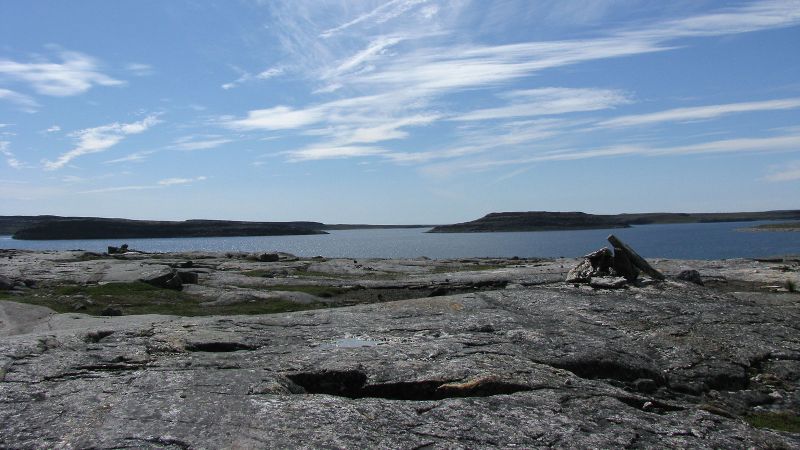Earth’s Oldest Rock Dates Back 4.16 Billion Years

QUEBEC, CANADA – In a secluded area of northern Quebec, a rocky formation known as the Nuvvuagittuq Greenstone Belt has become the center of a scientific breakthrough, revealing Earth’s oldest known rock, dating back 4.16 billion years.
Immediate Impact
This discovery marks a significant milestone in geology, as it provides the first tangible evidence from the Hadean Eon, the earliest period in Earth’s history. The Nuvvuagittuq Greenstone Belt, an ancient ocean floor remnant, has been the subject of intense scientific scrutiny for over two decades.
Key Details Emerge
New research published in the journal Science suggests that the Nuvvuagittuq Greenstone Belt contains the oldest surviving fragments of Earth’s crust. Geologist Jonathan O’Neil, the study’s lead author, emphasizes the importance of this finding, stating, “Rocks are books for geologists … and right now we’re missing the book on the Hadean.”
“The Nuvvuagittuq Greenstone Belt would be at least one page of that book, so that’s why it’s so important,” said geologist Jonathan O’Neil.
By the Numbers
- 4.16 billion years: Age of the Nuvvuagittuq rocks
- 4.03 billion years: Age of the Acasta Gneiss Complex
- 4.6 billion years: Start of the Hadean Eon
Background Context
The Nuvvuagittuq Greenstone Belt has been dated multiple times with varying results. While most studies agreed on an age of at least 3.75 billion years, this latest research pushes the timeline back even further, challenging the widely accepted Acasta Gneiss Complex as the oldest geological formation.
Expert Analysis
Geochemist Bernard Bourdon, who previously critiqued earlier estimates, acknowledged the improved methodology of the new study. “There’s more credibility to the age,” he noted, though he expressed a desire for further examination.
Meanwhile, Jesse Reimink, a professor at Penn State University, highlighted the significance of preserving such ancient rocks. “Even if these rocks are ‘only’ 3.8 billion years old, it is quite amazing that they are preserved,” he said.
What Comes Next
As the scientific community continues to debate these findings, the implications for understanding Earth’s early history are profound. The study not only sheds light on the planet’s origins but also suggests rapid formation of life, potentially making life more common in the universe.
Dominic Papineau, a senior research scientist, pointed out the potential for discovering ancient life signatures in nearby rocks. “Evidence of very early life in these sedimentary rocks indicate that the origin of life can take place very quickly,” he explained.
The quest to understand Earth’s earliest days continues, with the Nuvvuagittuq Greenstone Belt at the forefront of this geological exploration.






